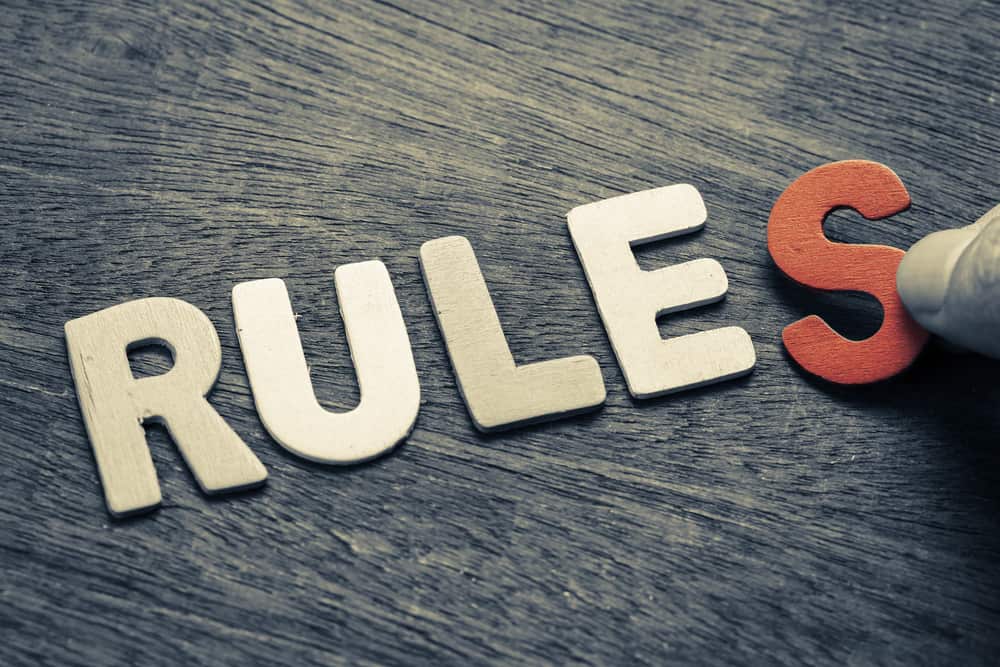Significant Figures
A figure of a digit denotes any one of the ten numerals (0, 1, 2, 3, 4, 5, 6, 7, 8, 9). A digit alone or in combination serves to express a number.
A significant figure is a digit having some practical meaning, i.e. it is a digit, which denotes the amount of the quantity in the place in which it stands.
For example, in 0.456, 4.56, and 546 there are three significant figures in each number.
Zero may or may not be a significant figure. A zero is a significant figure except when it serves to locate the decimal point, while it is a significant figure when it indicates that the quantity in place in which i.e. in 1.3680 and 1.0082, zero is significant but in 0.0035, zeros are not the significant figures as they serve only to locate the decimal point. Thus, the first two numbers contain five but the third one contains two significant figures.
Computation Rules
Rule 1: In expressing an experimental measurement, never retain more than one doubtful digit. Eliminate all the digits that are not significant.
Rule 2: Retain as many significant figures in a result or any data as will give only one uncertain figure.
For example, a volume between 30.5 mL and 30.7 mL should be written as 30.6 mL. and not as 30.60 as it would be between 30.59 and 30.61.
Rule 3: Two rules are given for rejecting superfluous digits.
1. When the last digit dropped is greater than 5, the last digit retained is increased by one.
For example, in rejecting the last digit in 8.942, the new value will be 8.94 as 2 is smaller than 5. But when 4.863 is rounded up to two digits, it gives 4.9 as the first digit discarded is 6 which is greater than 5. This is known as rounding up.
2. If the first digit discarded is less than 5, leave the last digit unchanged. It is known as rounding down.
For example, when the number 5.64987 is rounded to two digits, we get 5.6 as the first digit, and discarded is 4, which is less than 5. Rounding never changes the power of 10. Thus, it is better to express numbers in exponential notation before rounding. For example, in rounding 57832 to four figures, the result is 5.783 × 104.
Rule 4: In addition or subtraction, there should be in each number only as many significant figures as there are in the least accurately known number.
For example, the sum of three values 35.6, 0.162, and 71.41 should be reported only to the first decimal place as the value 35.6 is known only to the first decimal place. Thus, the answer 107.172 is rounded to 107.2
Rule 5: In multiplication or division, retain in each factor one more significant figure than is contained in the factor having the largest uncertainty. The percentage precision of a product or quotient cannot be greater than the percentage precision of the least precise factor entering into the calculation.
For example, the product of the three figures 0.0121, 25.64, and 1.05782 is
0.0121 × 25.6 × 1.06 = 0.328
In a product or quotient of experimental numbers, the final result will have only as many significant figures as the factor with the smallest number of significant figures.
For example, in the calculation, (0.0181057) (197.15) (0.218) / 0.4970 least number of significant figures (3) is in 0.218. Thus, the answer should also be expressed in three significant figures.
When a calculation involves both addition or subtraction and multiplication or division, addition is done first to determine the number of significant figures in the answer.
Rule 6: Computation involving a precision not greater than one-fourth of 1% should be made with a 10-inch slide rule. For greater precision, logarithm tables should be used.
A slide rule is a good method for checking the calculations made by logarithms. The use of logarithms has been recommended where a large number of multiplications and divisions are to be made.
Make sure you also check our other amazing Article on : Classification of Errors
